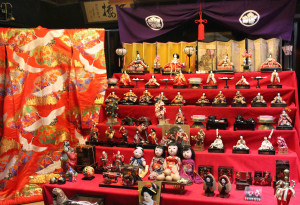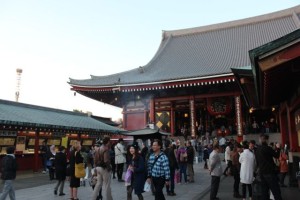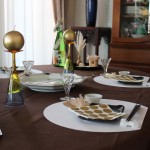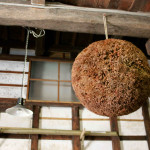So far, we have seen some visual and historical differences between Shinto and Buddhism. Now let me explain how naturally both Shinto and Buddhism affect on our daily lives and seasonal ceremonies.
At the night of New Year’s Eve, December 31, we usually go to temple to appreciate the lucks of previous year and worship for coming good year. Next morning, on January 1, we go to shrine wishing for a good new year. You may feel this is something very unprincipled. But this is the way Japanese have been. Other religious ceremonies both from Shinto and Buddhism can be observed every season. March 3 is girls’ day, which families with girls Read More










